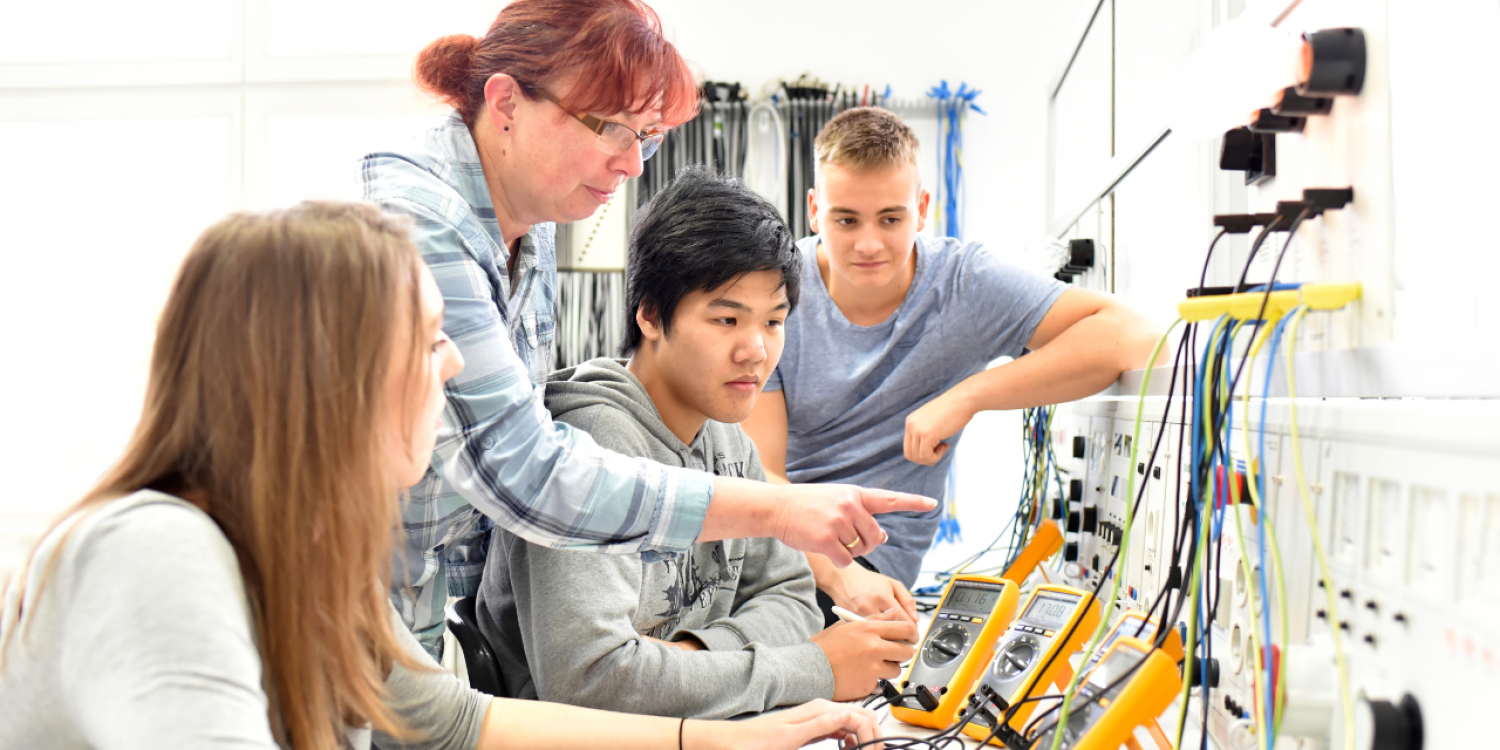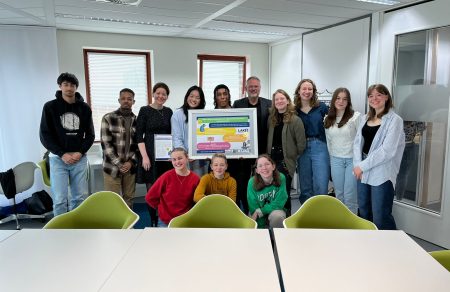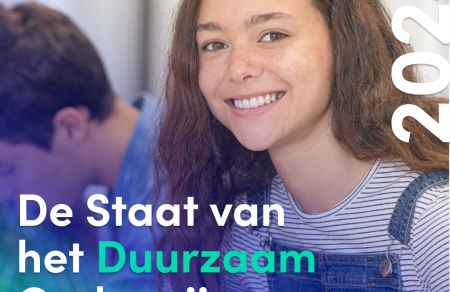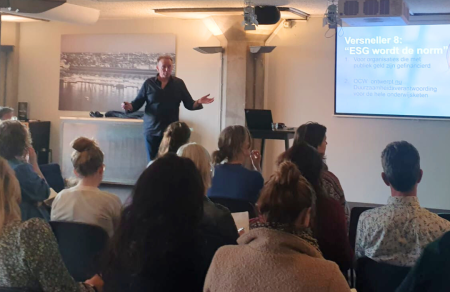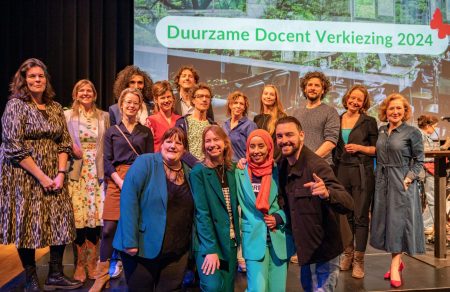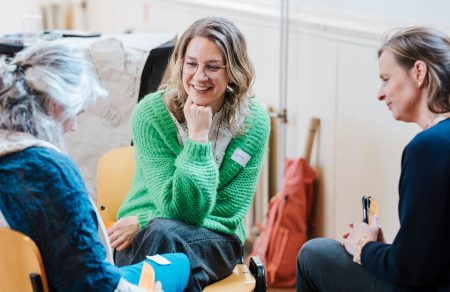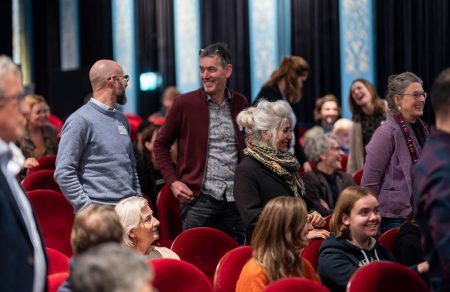Education professionals from all over the country came to the King Willem I College arrived in Den Bosch for an important workshop in the context of BuildUpSkills Netherlands. The day began with an engaging presentation by Rob de Vrind, in which he took us through the state of the art in making the built environment more sustainable, the energy transition and the crucial role of the MBO in training professionals. In addition, he offered Darel Education an intriguing "cap on/cap off" session on energy transition, which allowed us to test our knowledge and understanding. We then worked in subgroups to identify challenges and solutions to them. We would love to share these challenges and listed solutions with you as well!
Shortage of skilled workers
One of the most pressing problems in the energy transition is the shortage of skilled workers. An additional 20,000 professionals are needed annually, but the influx from vocational schools and lateral entrants is not sufficient. Solutions that were mentioned are:
- Attracting people looking for more meaningful work, international workers, and people distant from the labor market.
- Commit to more diversity in construction and engineering by enthusing women for the industry and offering working conditions that can contribute to this.
- Reduce attrition through a less authoritarian and traditional leadership style.
- Financial incentives, such as better-paying construction jobs, additional student loans or bonuses for obtaining and degree in this field, and internship stipends.
Education system and laws and regulations
Challenges in this area lie in the integration of sustainability and sustainable transitions into policy and its translation into practical implementation; different leadership, where management must support teachers in their changing roles; also the synchronization of activities, developments, priorities and facilities. The current education system must be adjusted to train more schoolchildren in the energy transition. Solutions that were mentioned are:
- Nationally, space can be made available by the Ministry of Education, Culture and Science; regionally, it is up to the educational institutions and companies. Administrative commitment is needed to free up space and resources. Next, there must be a clear vision and this must be translated into integral policy and implementation programs in cooperation with stakeholders with practical knowledge and students. A sustainability coordinator helps to ensure an integrated approach.
- Sustainability should be embedded integrally in training, not as a separate subject, but as part of the curriculum and in qualification dossiers (this is already being taken up for energy transition).
- Regional cooperation with businesses and society: learn together in transition and develop sustainable skills needed in practical projects. Ensure that education is connected to regional challenges.
- Different leadership is needed where management supports teachers in their changing role to integrate sustainability into the curriculum. Teachers also need development time.
Learning culture and image
The MBO has difficulty in attracting students to technical courses and encouraging lifelong development. In addition, there is still too little appreciation and a poorer image for VMBO/MBO. Solutions that were mentioned are:
- Highlighting the fields of construction and engineering.
- The labor market and education can take into account a different work mentality of the new generation that seeks more flexibility.
- Improve the image of vmbo/mbo and put BBL more in the spotlight.
Funding structure
The current funding system, based on student numbers, can hinder innovation and development. There is a need for more room for innovation. This can only be achieved if there are changes in the funding structure.
- Can we achieve fixed budgets for innovation and development, which is not highly variable based on student numbers?
- Search for the room for innovation and development within the current system.
Communications
How do we include everyone in these sustainable transitions: administrators, teachers, students and the environment. Who is everyone and what do we want them to do?
- Internal and external communications that share sustainability policies and the vision of the educational institution. Make sure it is inspirational and inspiring within the school.
- Creating a roadmap for one's own school
- Sharing (regional) success stories and open learning materials
In conclusion, MBO faces a series of challenges in relation to the energy transition, but with the right approach and cooperation between educational institutions, companies and the government, these challenges can be overcome. Training professionals for a sustainable future is crucial for the energy transition in the Netherlands. The results of this workshop will feed into the realization of BuildUpSkills Netherlands' Roadmap 2030 to accelerate the development of the craftsmanship needed for the sustainable transitions in the built environment.
